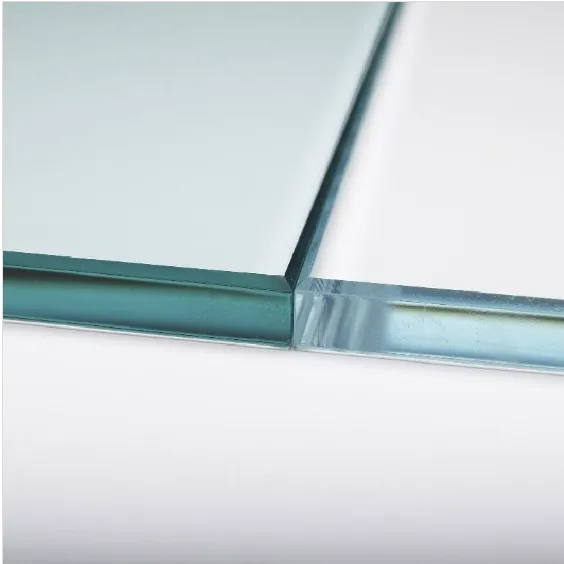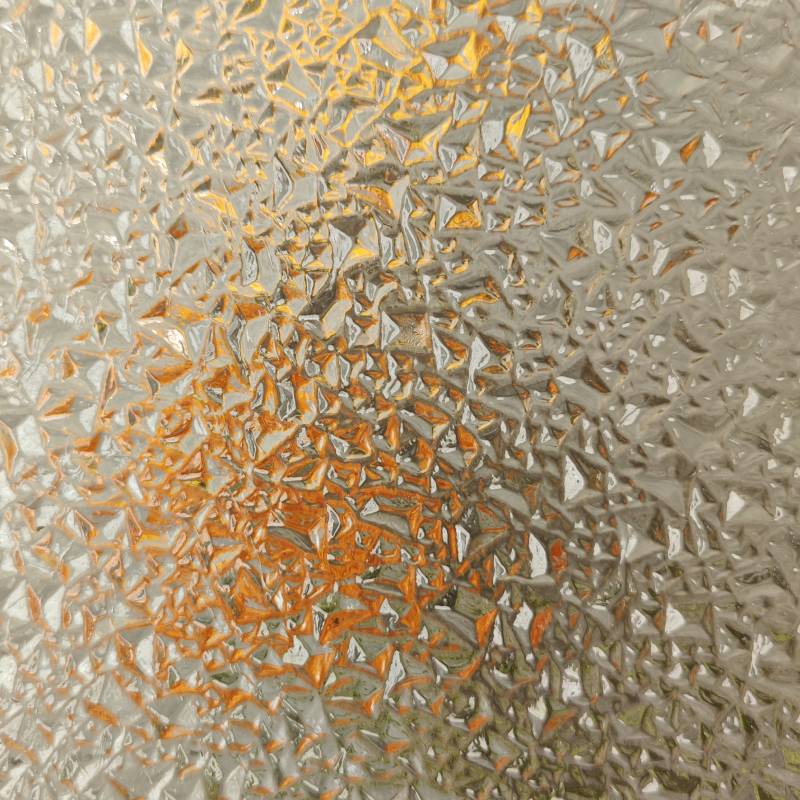Frosted glass, with its elegantly opaque finish, has become a popular choice for both residential and commercial spaces due to its ability to provide privacy while still allowing light to pass through. However, when considering frosted glass for your next project, cost is a significant factor that can vary based on several elements.

Firstly, the manufacturing process and technique used to create frosted glass can greatly influence the price. Frosted glass is typically produced by sandblasting or acid etching clear glass to achieve its unique texture. Sandblasting involves high-pressure blasting of abrasive material onto the glass surface, creating a consistent, matte finish. This method is usually more expensive due to the labor intensity and time required. Acid etching, on the other hand, uses chemical treatments to achieve a frosted appearance, often resulting in a slightly lower cost due to more efficient production processes.
Thickness and size are pivotal factors affecting the price of frosted glass. Generally, the thicker and larger the glass,
the higher the cost. Thicker glass not only offers additional privacy through a denser finish but also adds to durability, which may be essential for high-traffic areas or for additional sound insulation. Custom-sized glass will also influence pricing as it requires bespoke cutting and sometimes even custom secure frame fittings.

Brand reputation and supplier expertise are critical when considering frosted glass. Established providers with a track record of quality, like Pilkington or Guardian Glass, may come at a premium. However, their products often boast superior craftsmanship, longer warranties, and better after-sales support, ensuring trustworthiness and a reduced chance of defects. Opting for a well-known brand thus can often equate to lower long-term costs associated with replacements or repairs.
frosted glass cost
Installation costs further contribute to the overall expense of frosted glass. Professional installation is recommended to ensure safety and a flawless finish. The complexity of the installation area, such as curved surfaces or intricate frame work, can increase labor costs. Services from companies that are certified and hold assurances in line with industry standards can provide peace of mind alongside a higher quote.
Sustainability considerations and energy savings are additional aspects influencing the cost of frosted glass. Many consumers are now opting for eco-friendly glass options that reduce energy consumption by effectively managing heat transfer. While these may come with a higher upfront expense, potential savings on energy bills make them a financially sound investment over time.
Regular maintenance is crucial in retaining the pristine appearance of frosted glass, which generally involves gentle, non-abrasive cleaning techniques. The cost of maintenance, though relatively low, is another factor to bear in mind when assessing total expenses.
Overall, while frosted glass may entail varying upfront costs, understanding the influencing factors enables more informed decisions that align with your budget and aesthetic preferences. Investing in high-quality materials from credible suppliers and professional installation guarantees a blend of luxury and functionality, endorsing frosted glass as a wise, long-term choice for enhancing any space.



